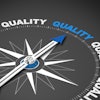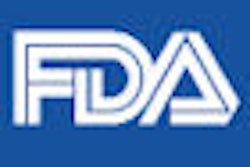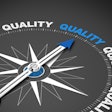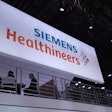A survey of some 200 medical device companies by Stanford University in Stanford, CA, shows that many respondents view the current premarket clearance process by the U.S. Food and Drug Administration (FDA) as unpredictable and plagued by disruptions and delays.
The report, titled "FDA Impact on U.S. Medical Technology Innovation," also found that the average total cost for companies to bring a low- to moderate-risk 510(k) product from concept to clearance was approximately $31 million, with $24 million spent on FDA-dependent and/or related activities.
The survey, led by Josh Makower, MD, consulting professor of medicine at Stanford, found that 44% of participants experienced "untimely changes" in key personnel, including the lead reviewer and/or branch chief responsible for the products of valuation, during the premarket regulatory process.
A total of 34% of respondents also reported that appropriate FDA staff and/or physician advisors to the FDA were not present at key meetings between the FDA and the company.
The report also noted that respondents said the premarket process for 510(k) devices of low to moderate risk took an average of 10 months from first filing to clearance. For applicants who spoke with the FDA about conducting a clinical study for their low- to moderate-risk device before making a regulatory submission, the premarket process took an average of 31 months from first communication to clearance.
By comparison, survey respondents said it took an average of seven months in Europe from first communication to being able to market the same or equivalent device.
For higher-risk devices seeking premarket approval, the responding companies indicated that it took an average of 54 months to work with the FDA from first communication to marketing approval. In Europe, it took an average of 11 months from first communication to approval.
In addition, for those higher-risk premarket approval products, the respondents estimated that the average total cost from concept to approval was approximately $94 million, with $75 million spent on stages linked to the FDA.
Survey respondents also confirmed they are able to make their products available to patients faster and at a significantly lower cost in international markets, such as Europe, due to the delays.
U.S. companies' devices were available to the domestic market an average of two full years later than for patients in other countries, due to delays with the FDA and/or company decisions to pursue markets outside the U.S. before going through the FDA process. In some cases, this device lag reached 70 months.
By Wayne Forrest
AuntMinnie.com staff writer
November 22, 2010
Related Reading
FDA's revision of FFDM rules may break market logjam, November 18, 2010
FDA eases rules on digital mammography devices, November 4, 2010
FDA, CMS propose parallel product review, September 20, 2010
FDA targets improvements to 510(k) process, August 4, 2010
FDA changes PMA advisory panel process, April 27, 2010
Copyright © 2010 AuntMinnie.com



















